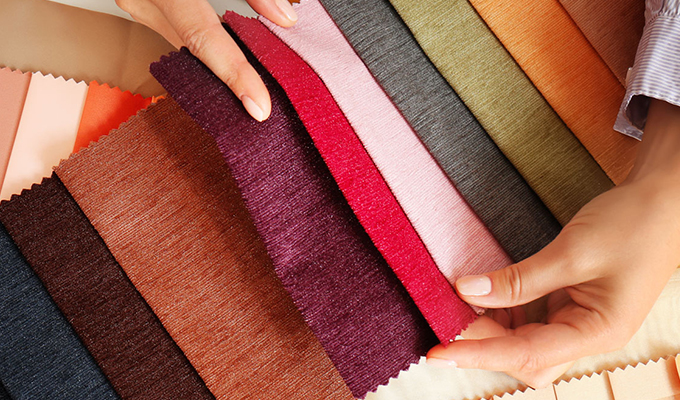Fabric bonding is a composite material created by bonding two or more different fabrics or materials together through a variety of techniques. This process involves techniques such as heat pressing, chemical bonding, or mechanical bonding. This manufacturing method creates a composite material with unique properties that perform better than a single fabric.
Fabric bonding offers outstanding properties such as enhanced durability, superior strength, water resistance and improved insulation. By combining different materials, manufacturers can tailor the properties of fabric bonding to suit specific applications. For example, a combination of polyester and spandex can create a stretchable and flexible fabric bond suitable for athletic apparel, while a blend of cotton and synthetic fibers can be used for breathable but durable outdoor clothing.
For the need to achieve specific properties, such as waterproofing, antibacterial, breathable, etc., fabric bonding can also be specially treated, such as adding special coatings or films to enhance its properties.
2. Applications in various industries
a. Fashion and Apparel: Bonded Fabric has a wide range of applications in the fashion industry, with designers taking full advantage of its diversity to create innovative and functional garments. From lightweight and waterproof outerwear to structured and stylish garments, fabric bonding offers a wide range of options. High-end fashion brands often use fabric bonding when creating luxury outerwear and avant-garde designs.
b. Automotive industry: The automotive industry widely uses fabric bonding in areas such as vehicle interior trim, seat covers and headliners due to its durability, stain resistance and aesthetics. Manufacturers choose fabric bonding to enhance the comfort, aesthetics and durability of vehicle interiors. Additionally, its ability to reduce noise and improve thermal insulation makes it popular in automotive applications.
c. Industrial Applications: In addition to the fashion and automotive industries, fabric bonding also plays a role in various industrial applications. It is used to make products such as tents, backpacks, protective clothing, and more because of its strength, water resistance, and ability to withstand harsh environments. In the medical field, fabric bonding is used to create sterile wraps, surgical gowns, and wound dressings because of its hypoallergenic and protective properties.
3. Future innovation and sustainable development
The future of
Bonded Fabric lies in continued innovation and sustainability. Manufacturers are researching and developing environmentally friendly bonding technologies, exploring recycled materials to create sustainable fabric bonds. In addition, advances in nanotechnology and materials science are expected to further enhance the performance and functionality of fabric bonding, bringing new possibilities to various industries.
With the pursuit of sustainability, there is an increased focus on recycled fabric bonding, waste reduction, and the adoption of circular manufacturing practices. Collaboration between textile engineers, designers and environmental experts is crucial to drive these advances and ensure that fabric bonding production and use is more environmentally sustainable.

